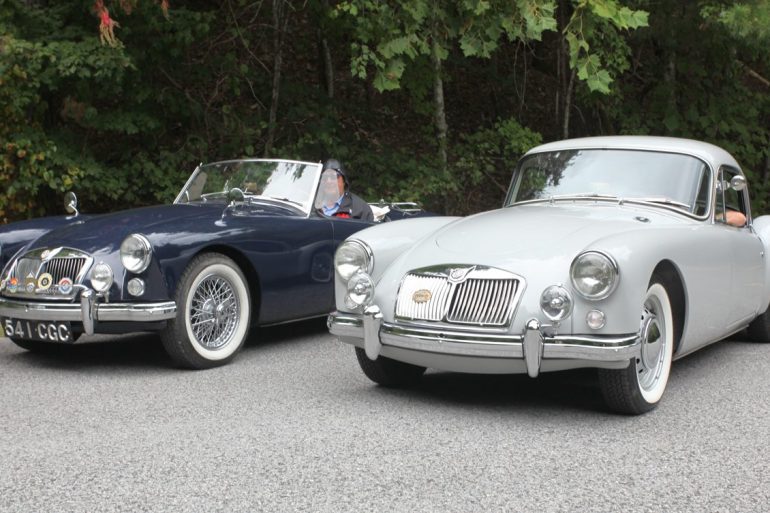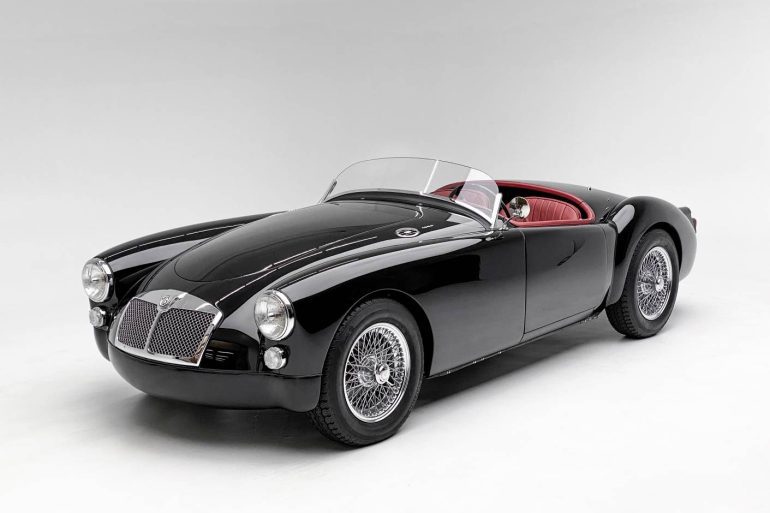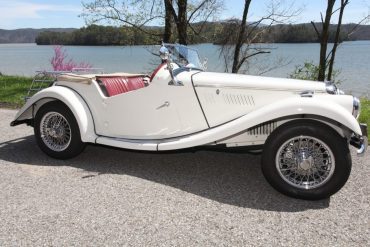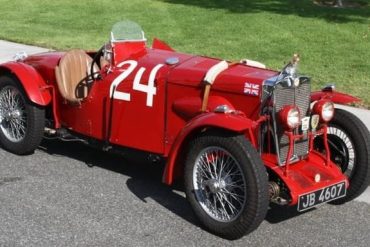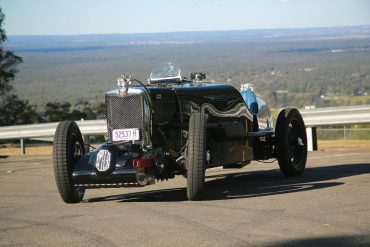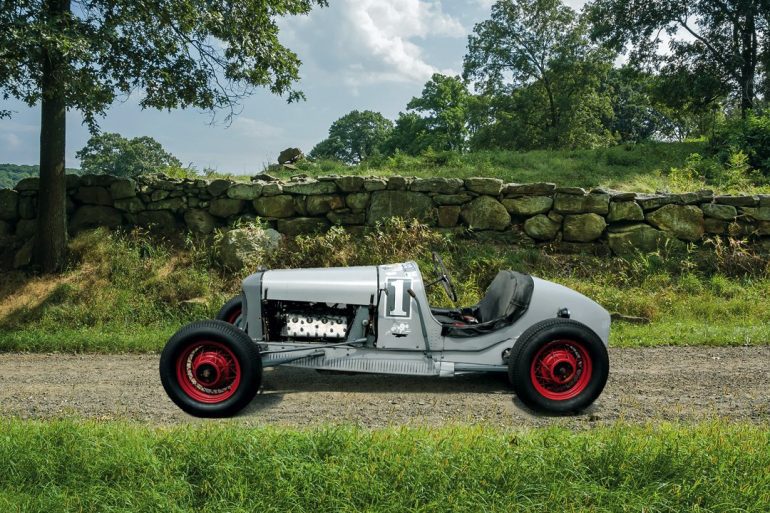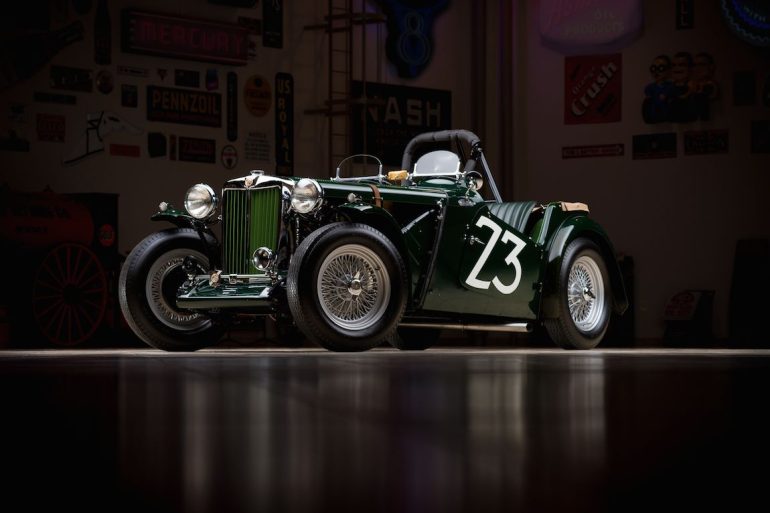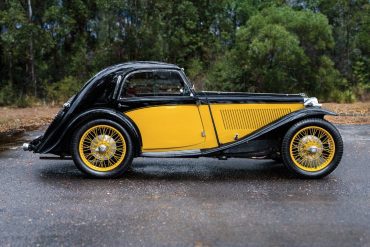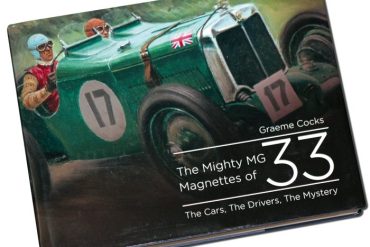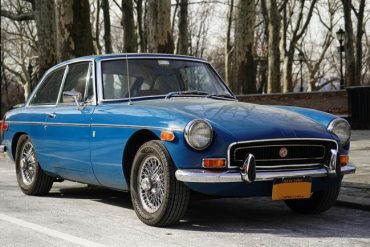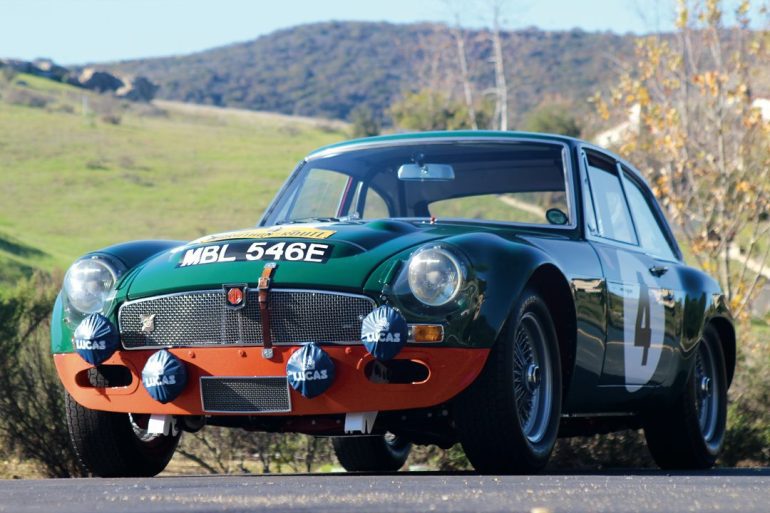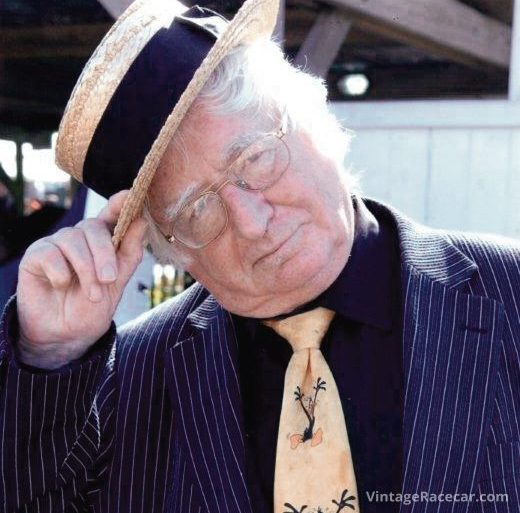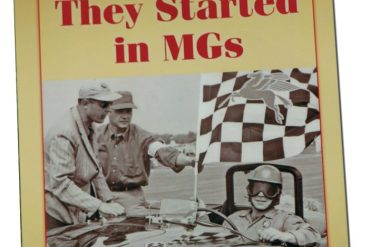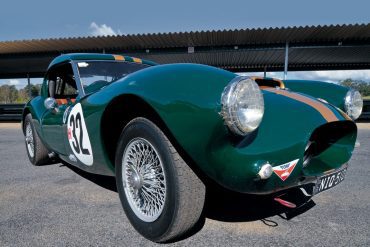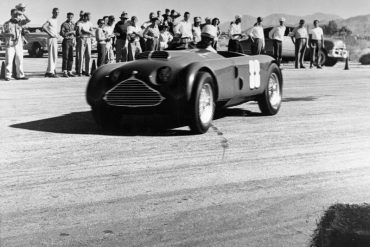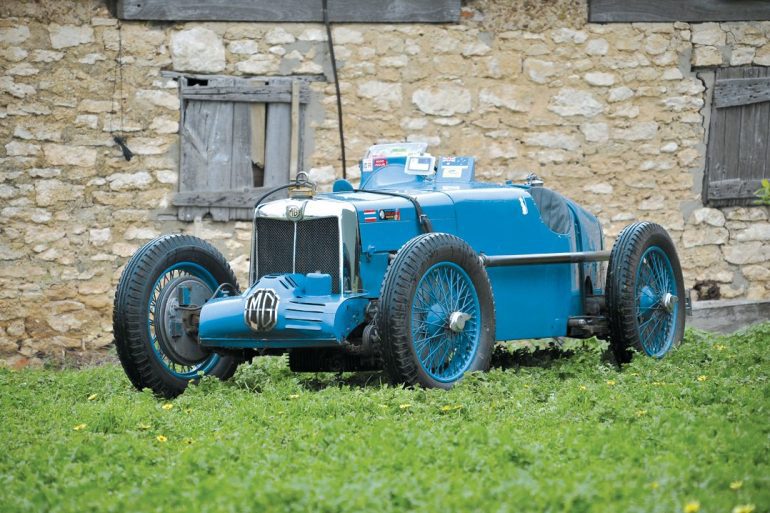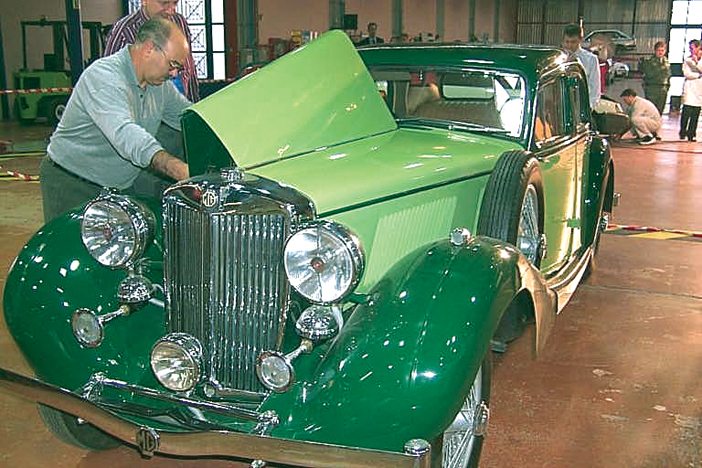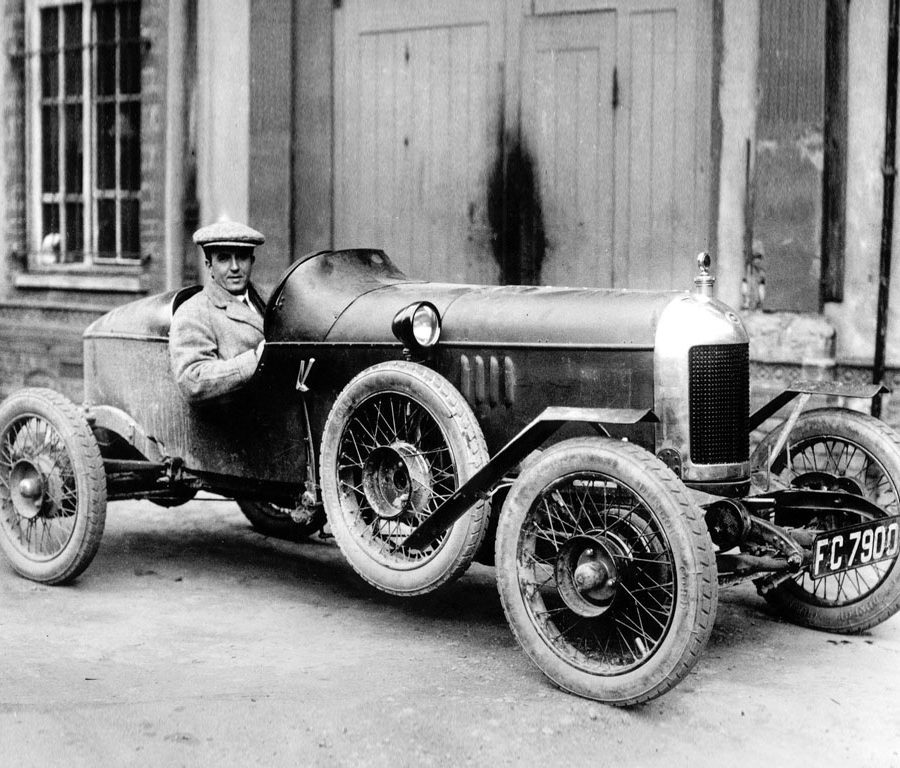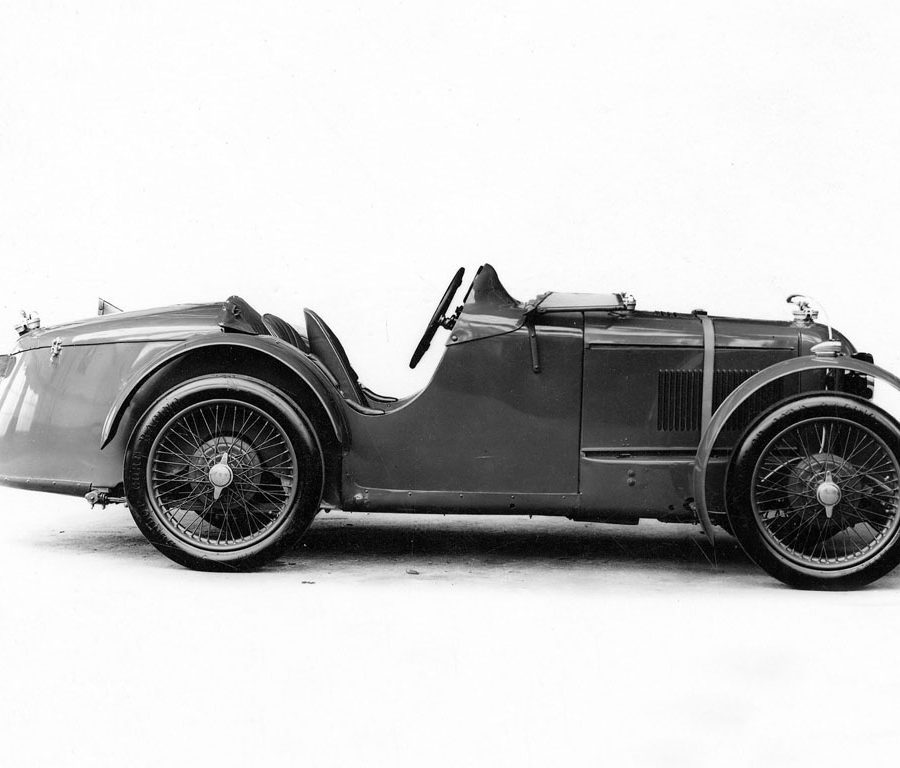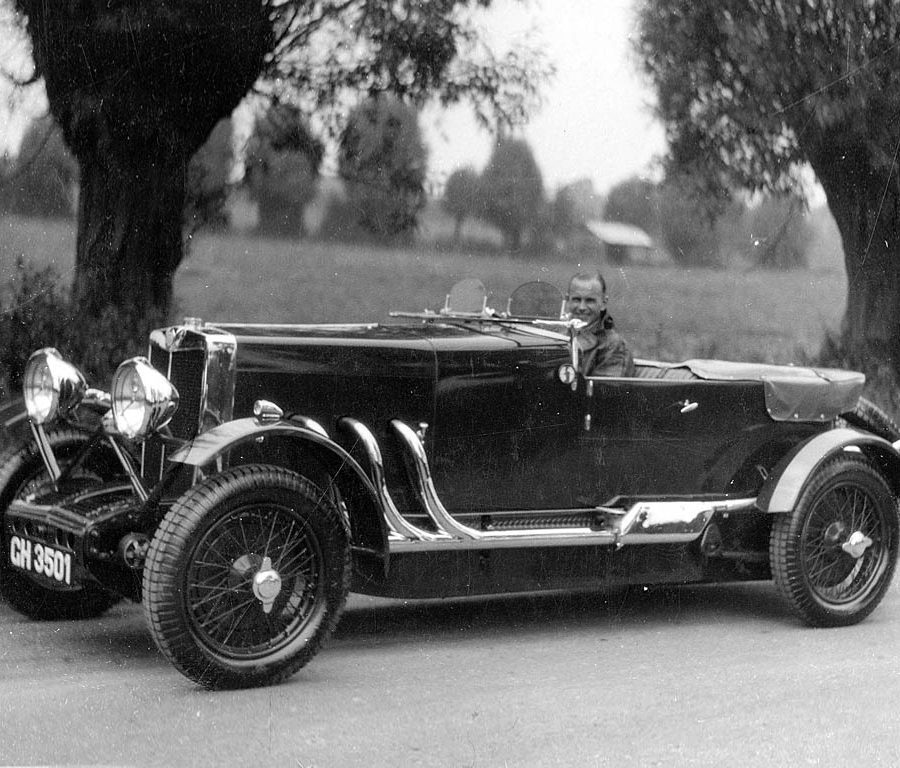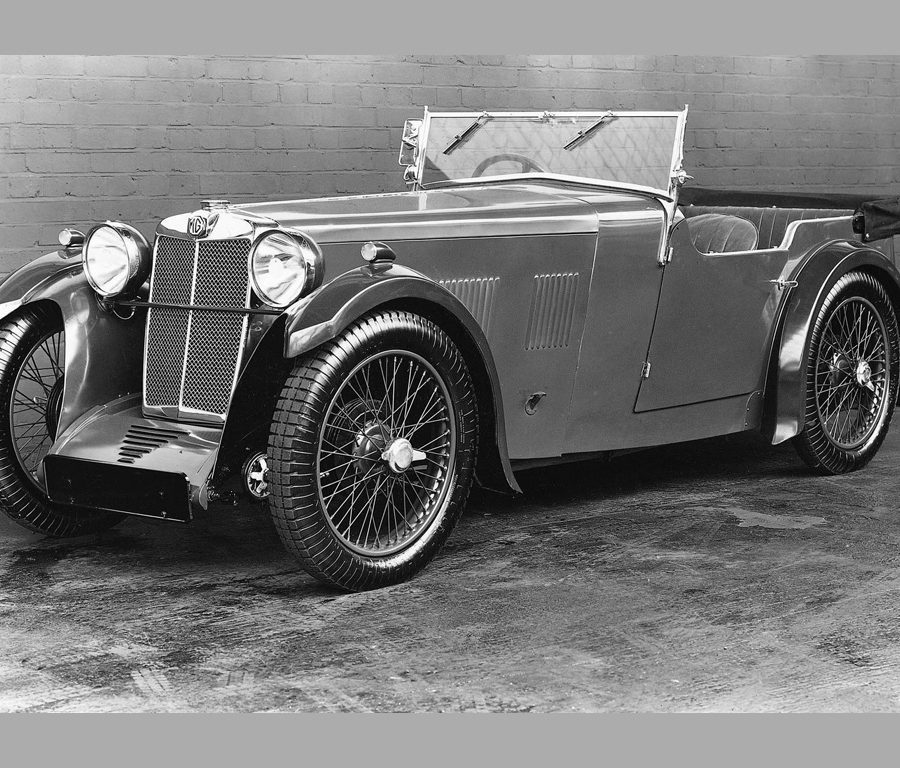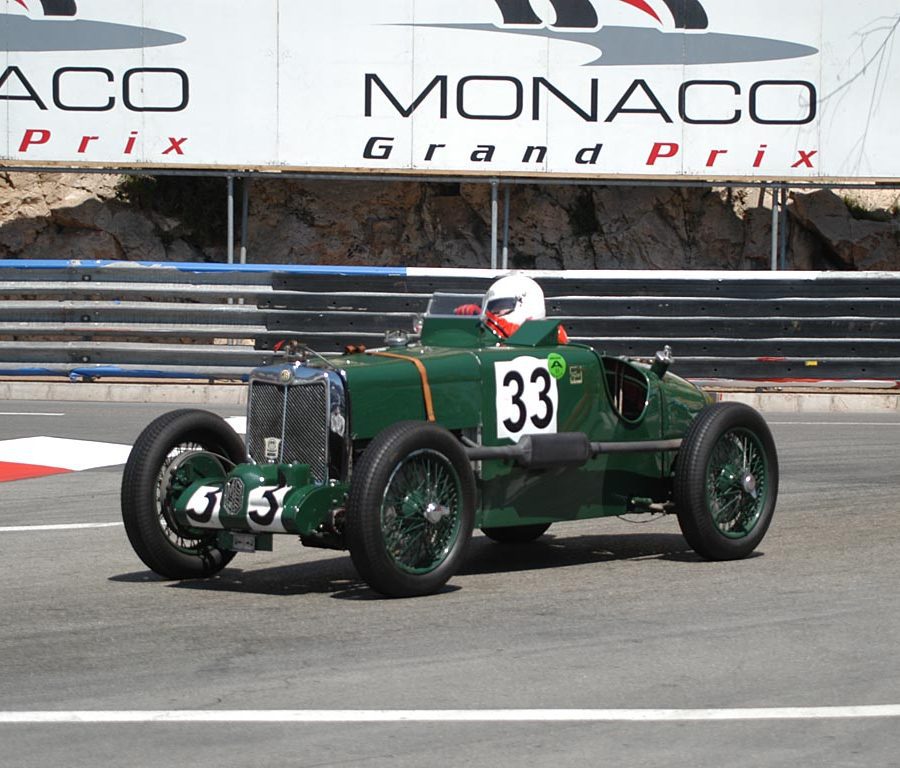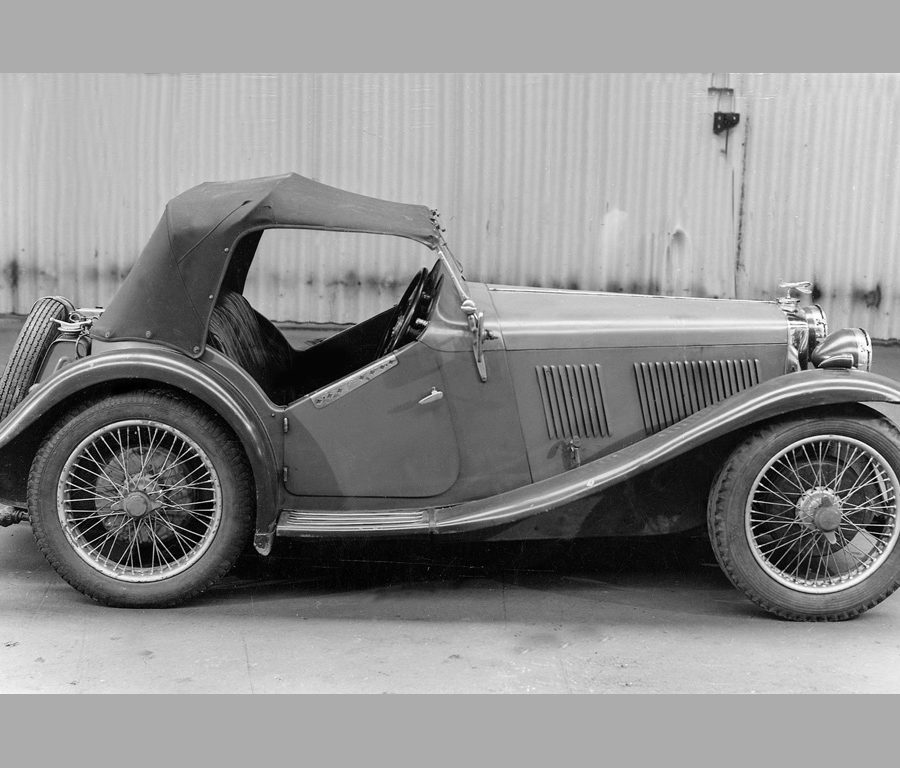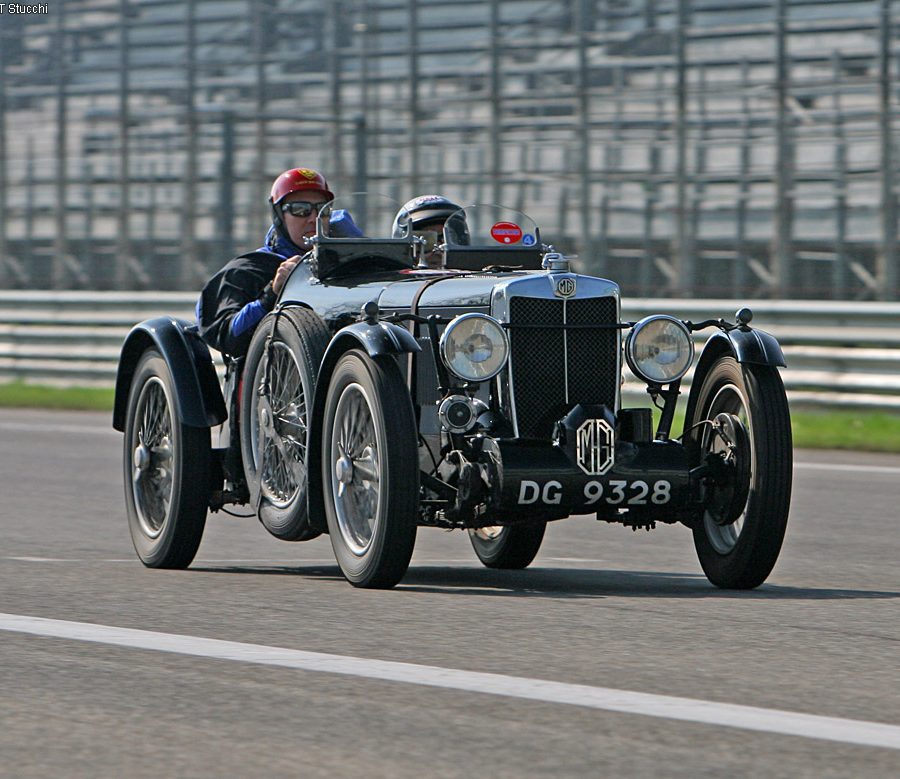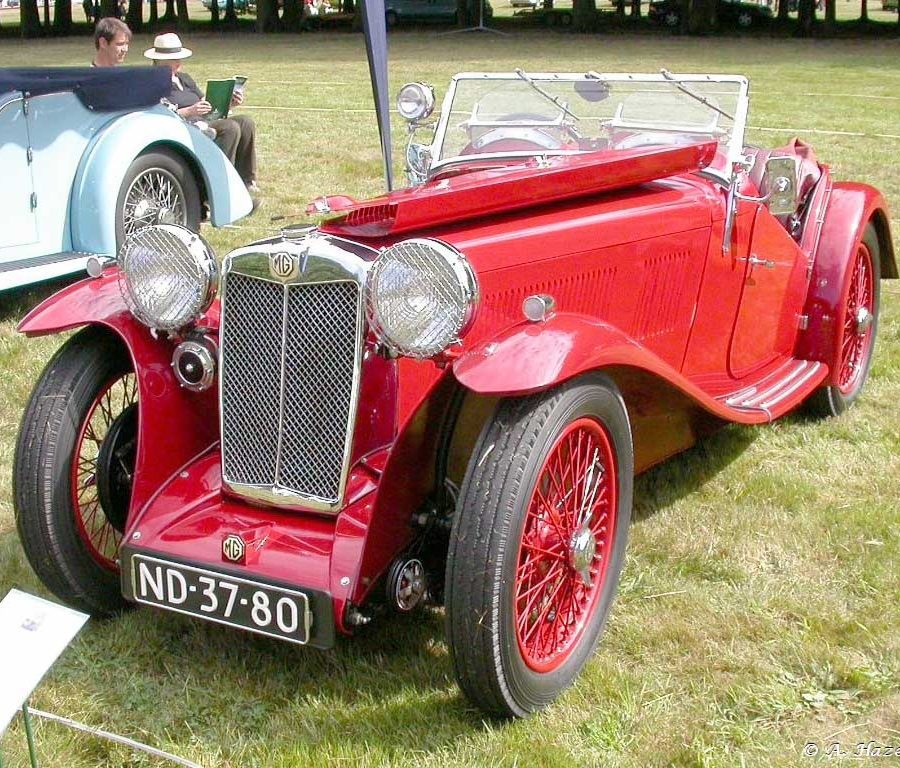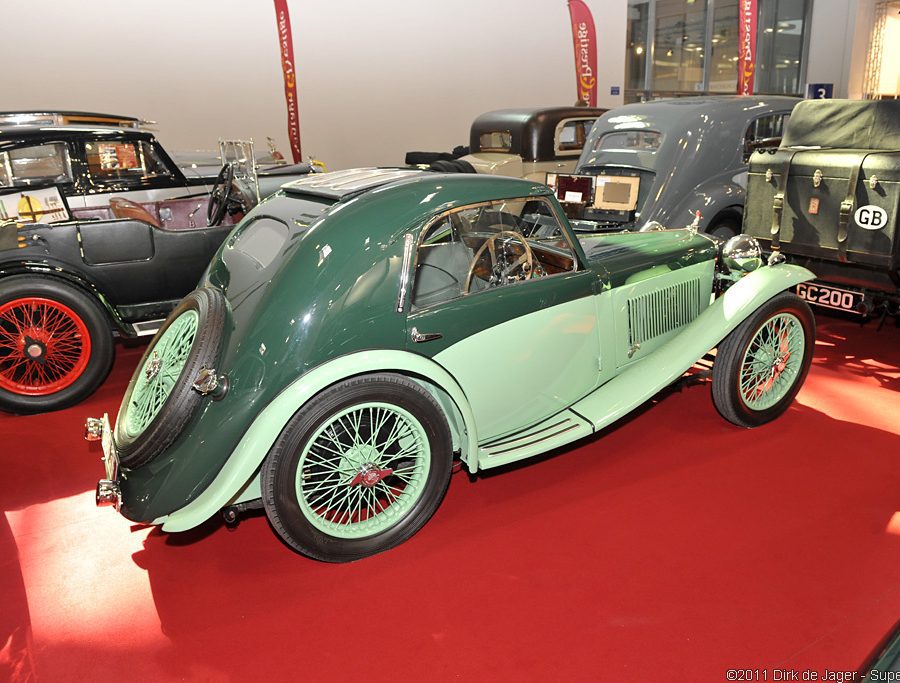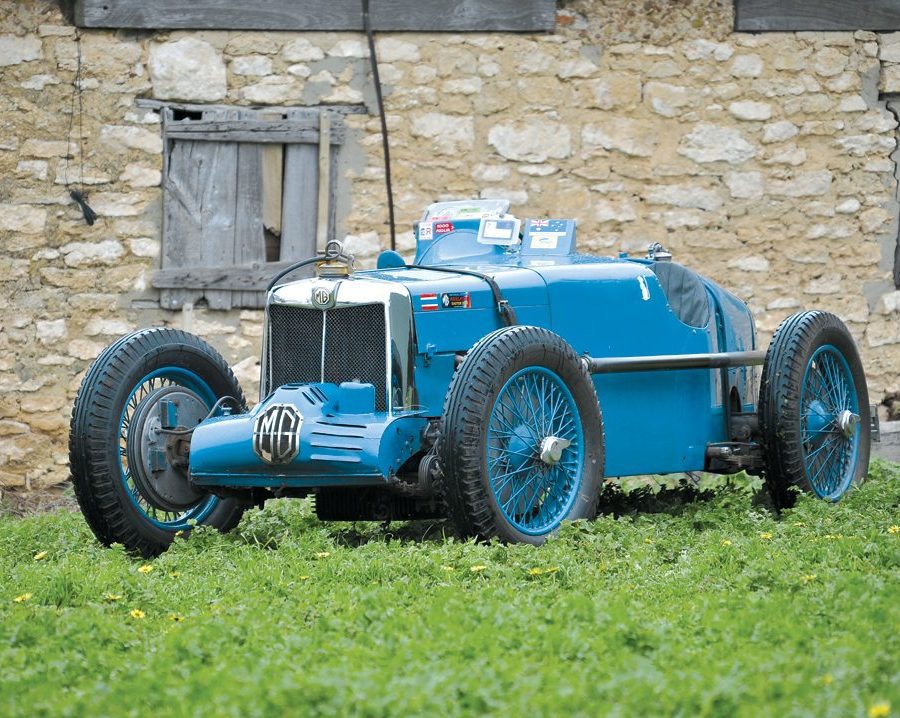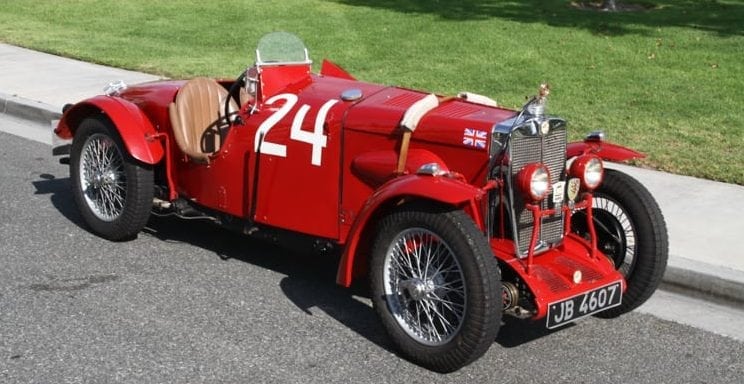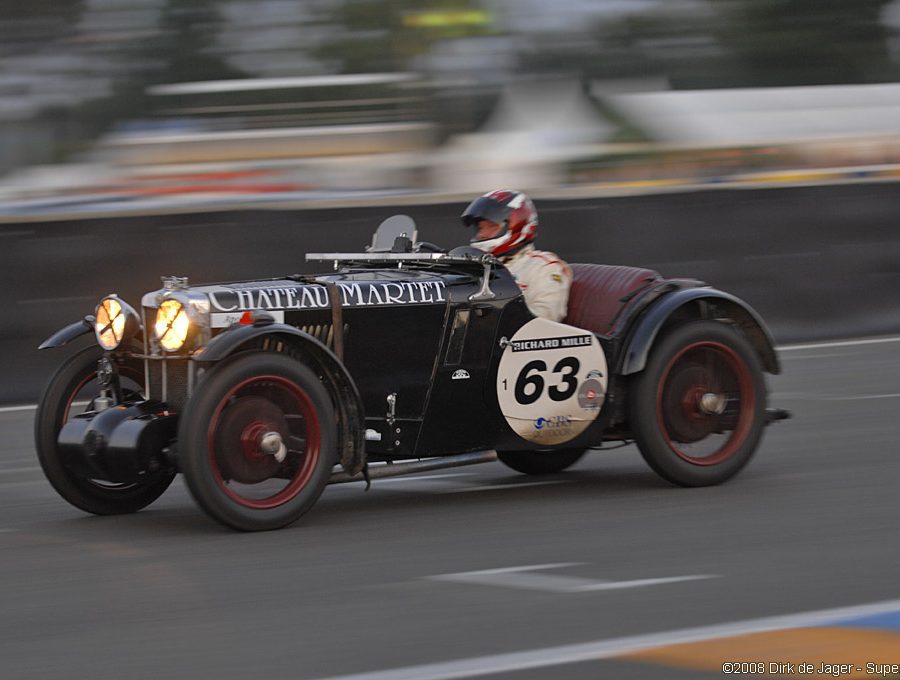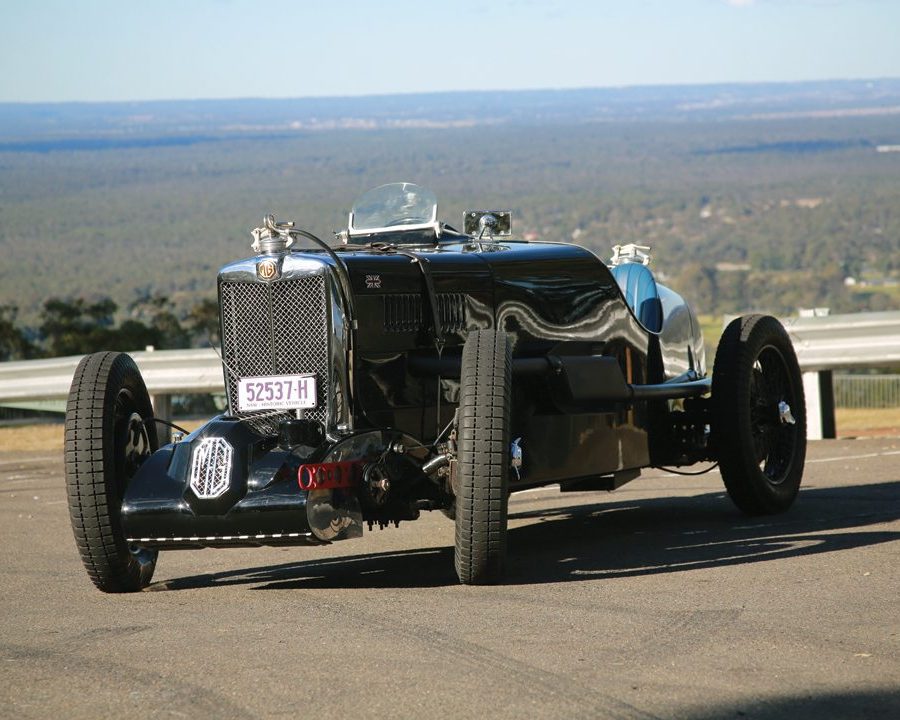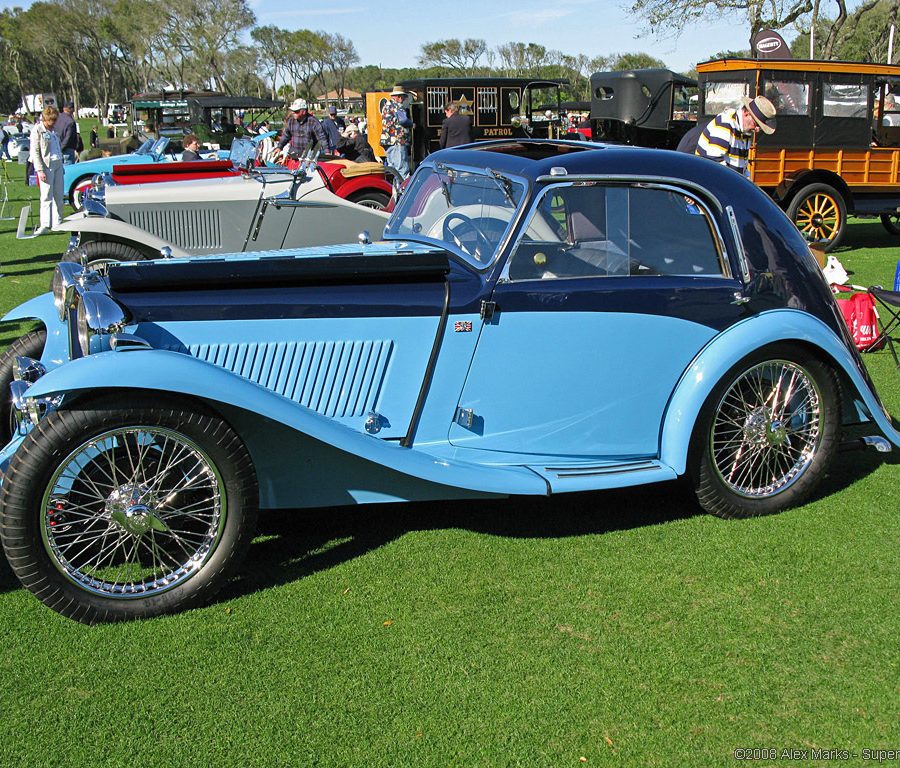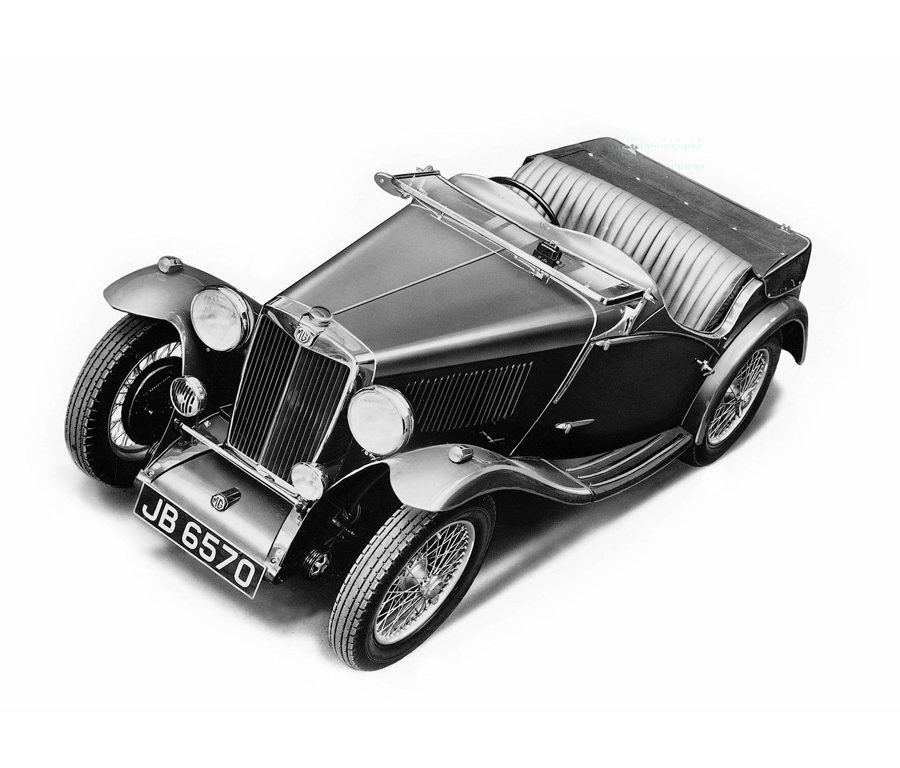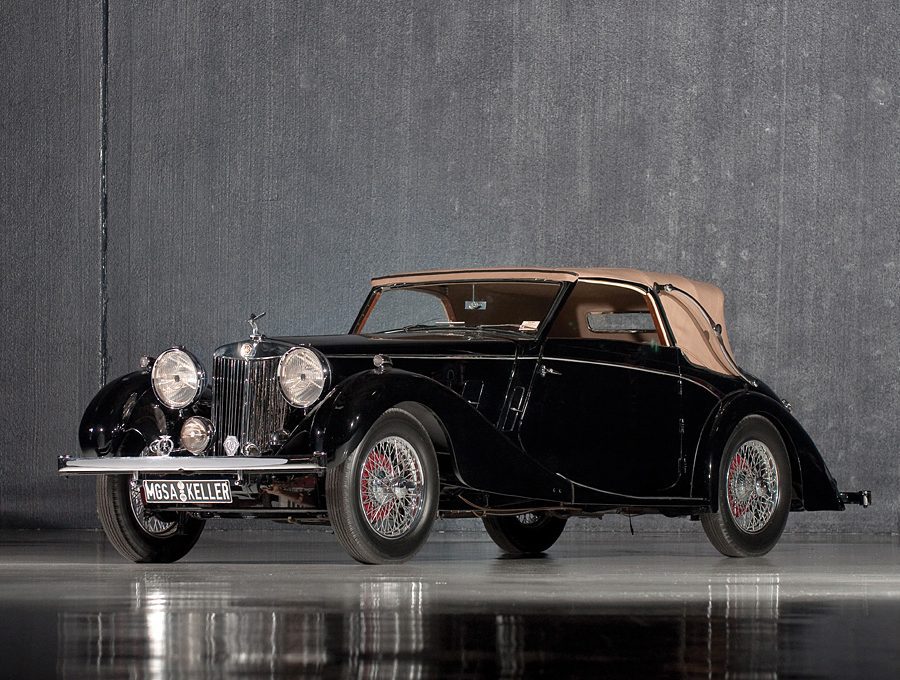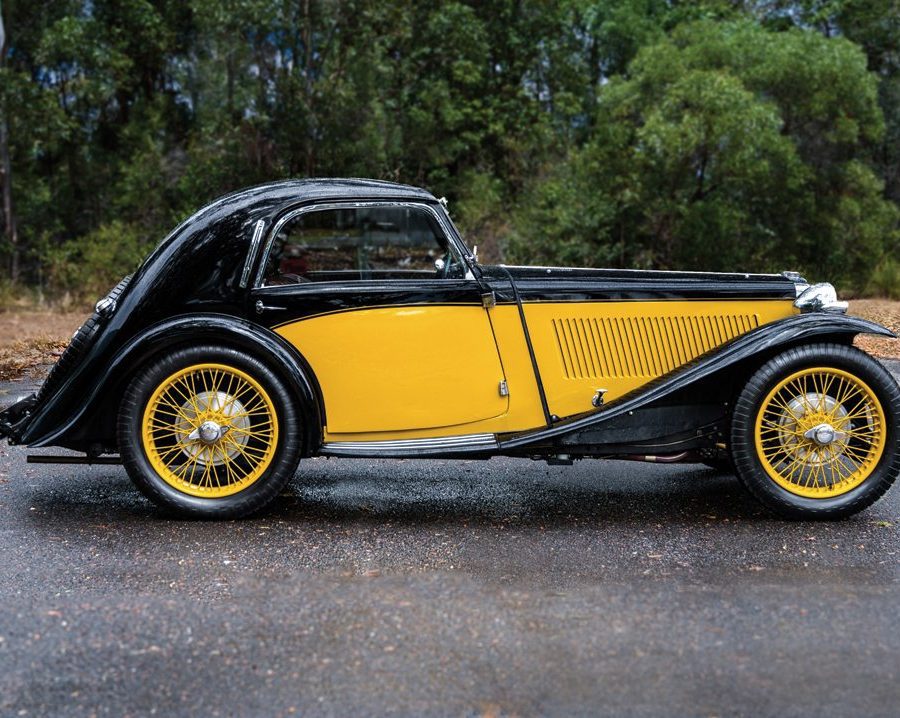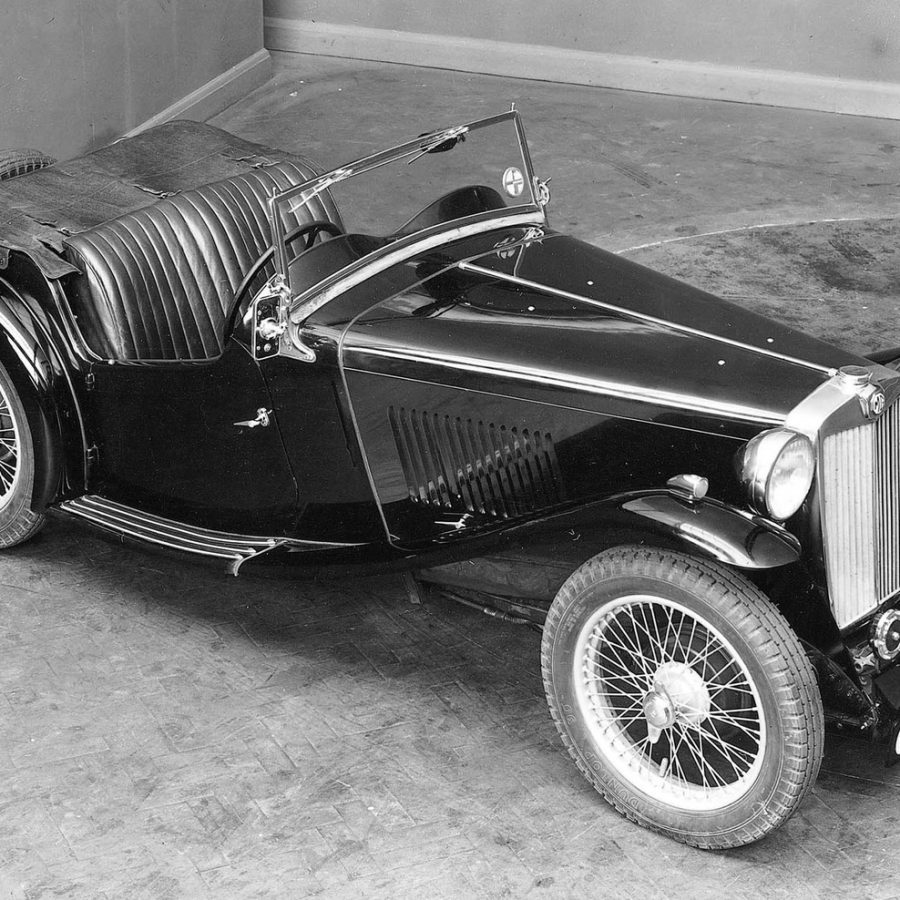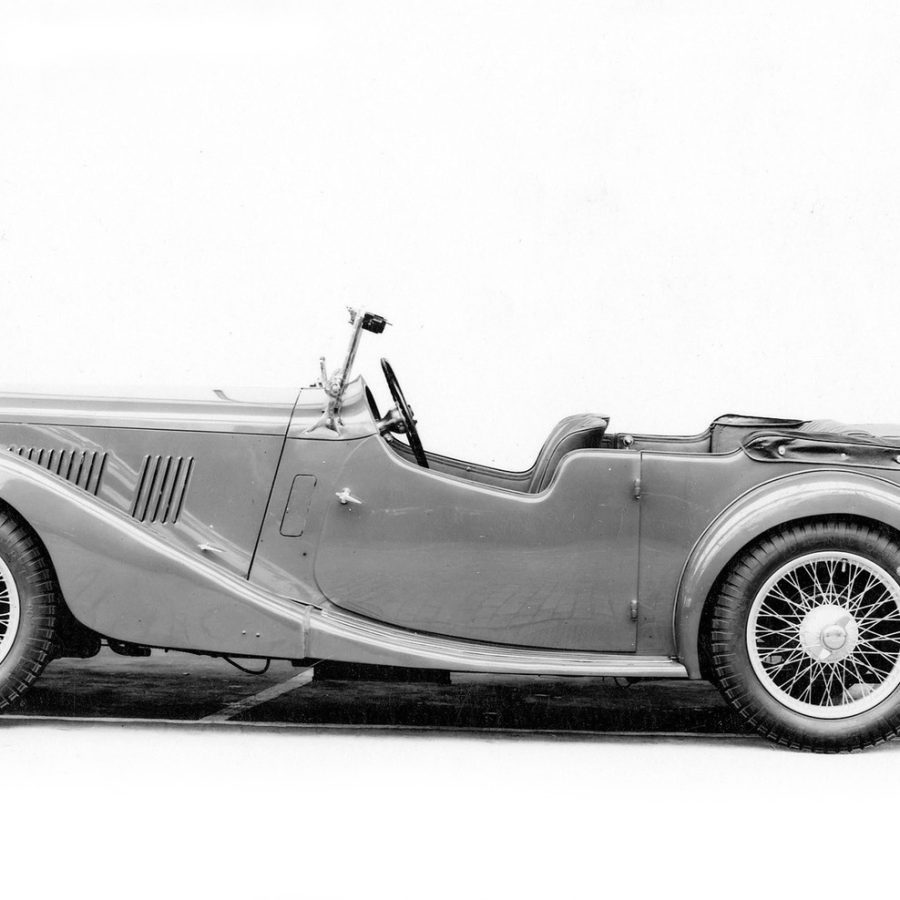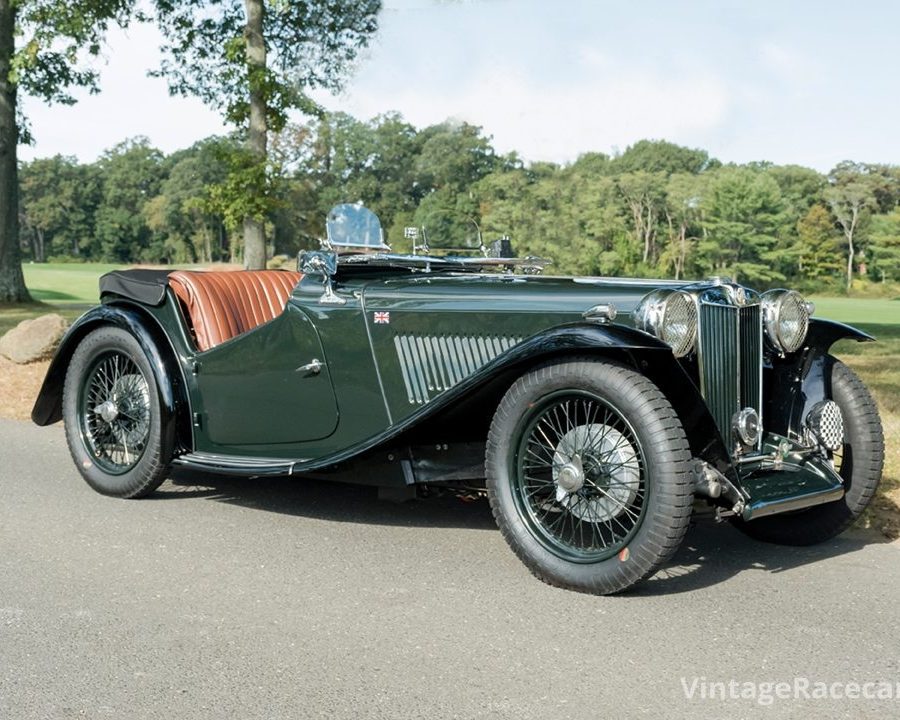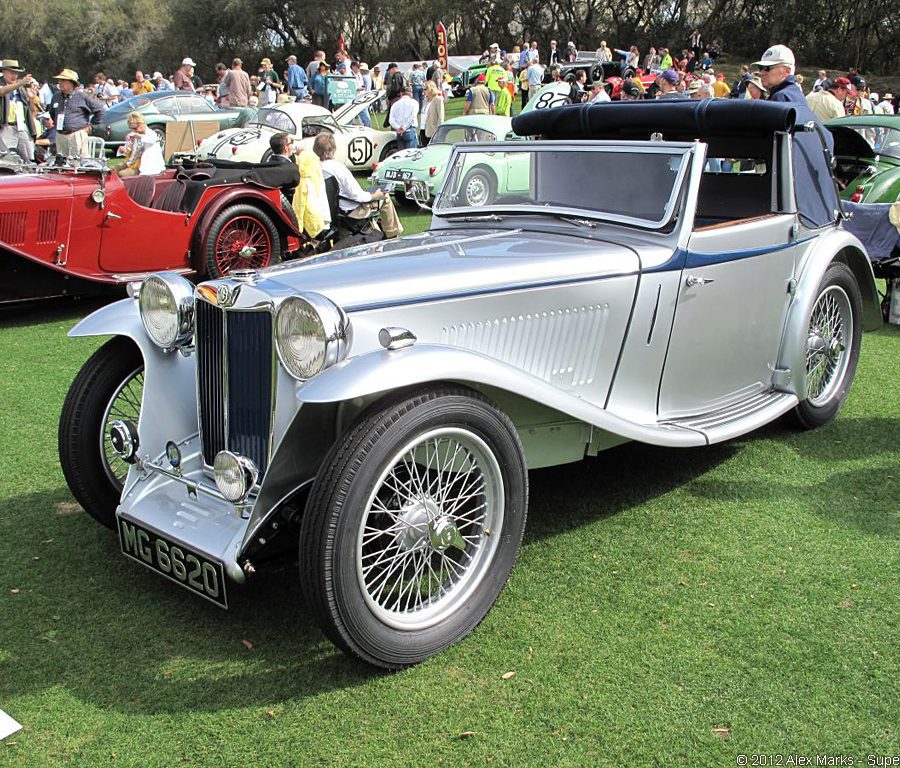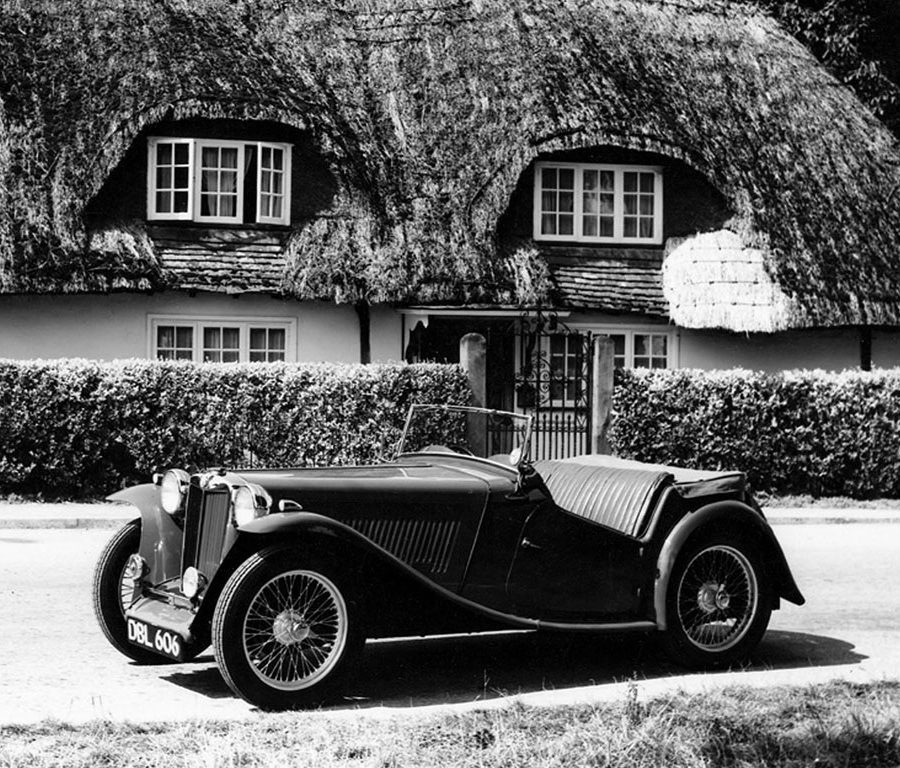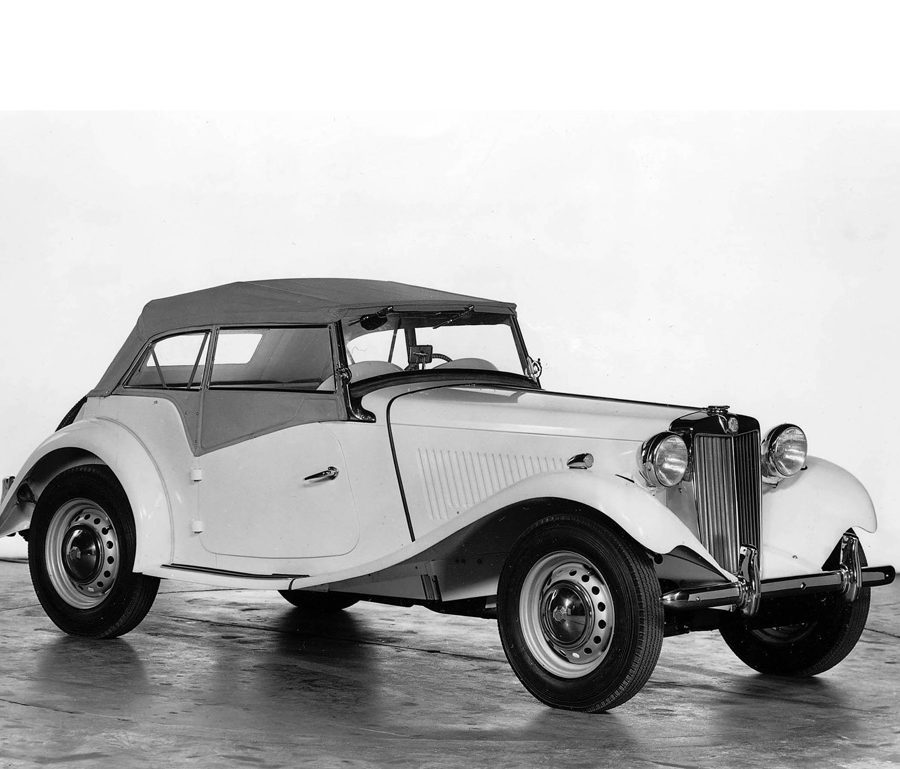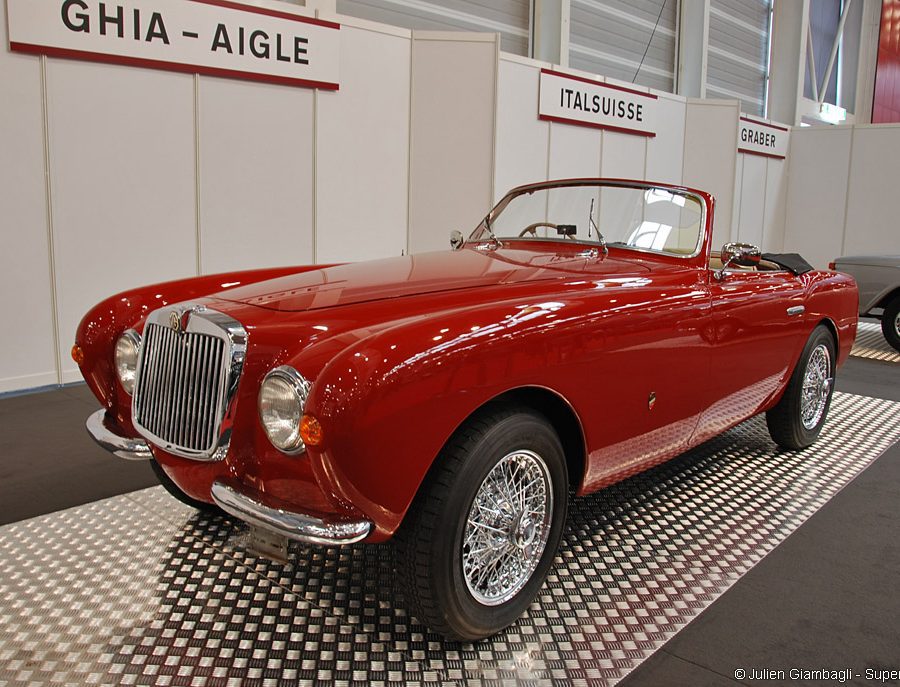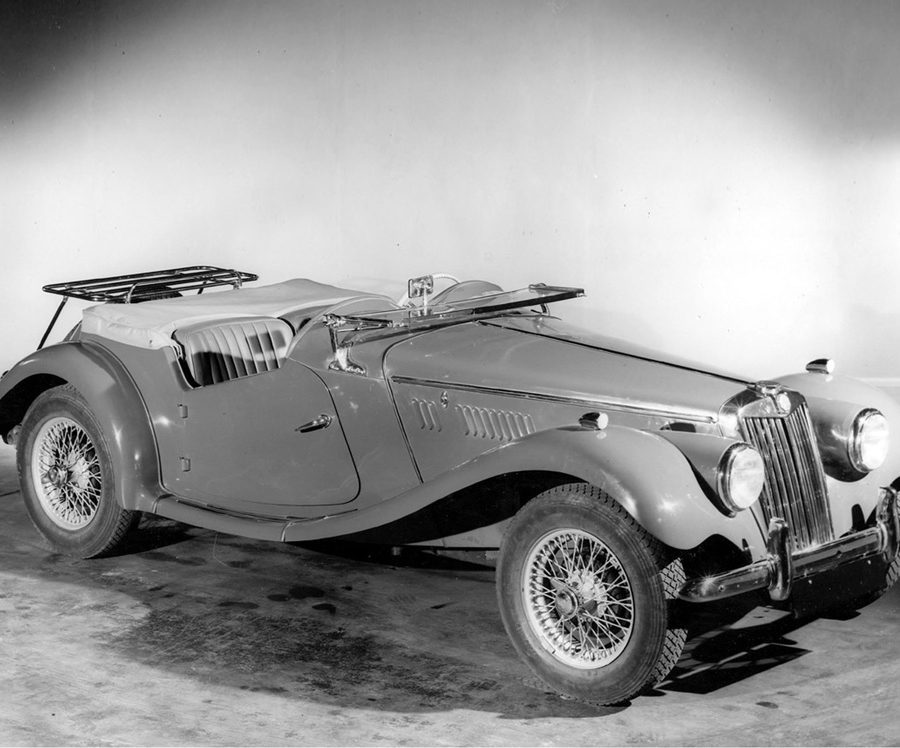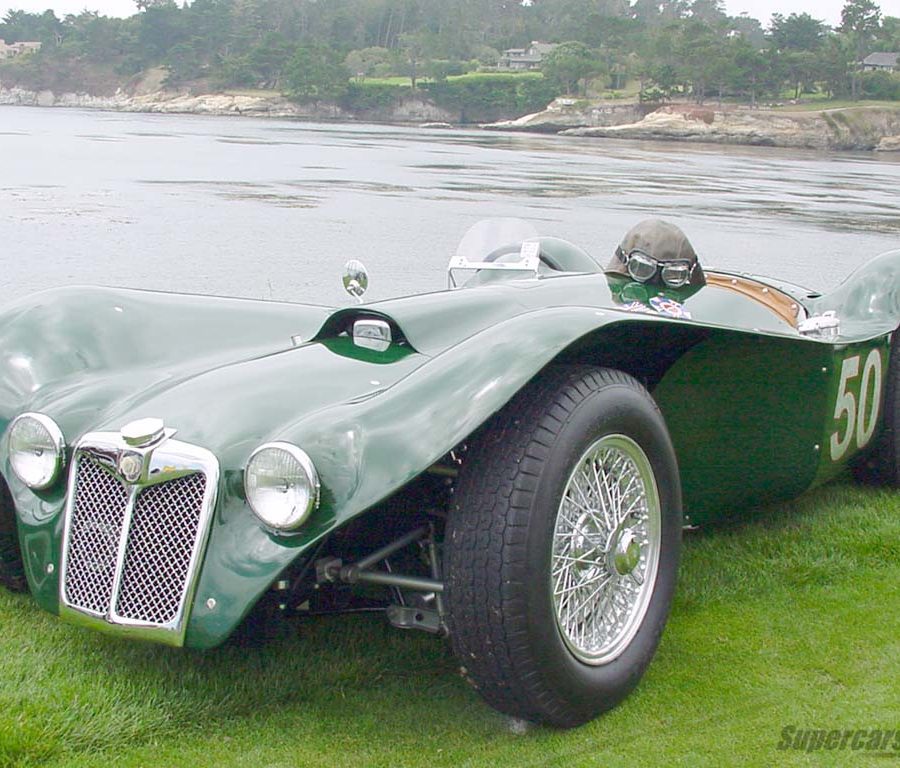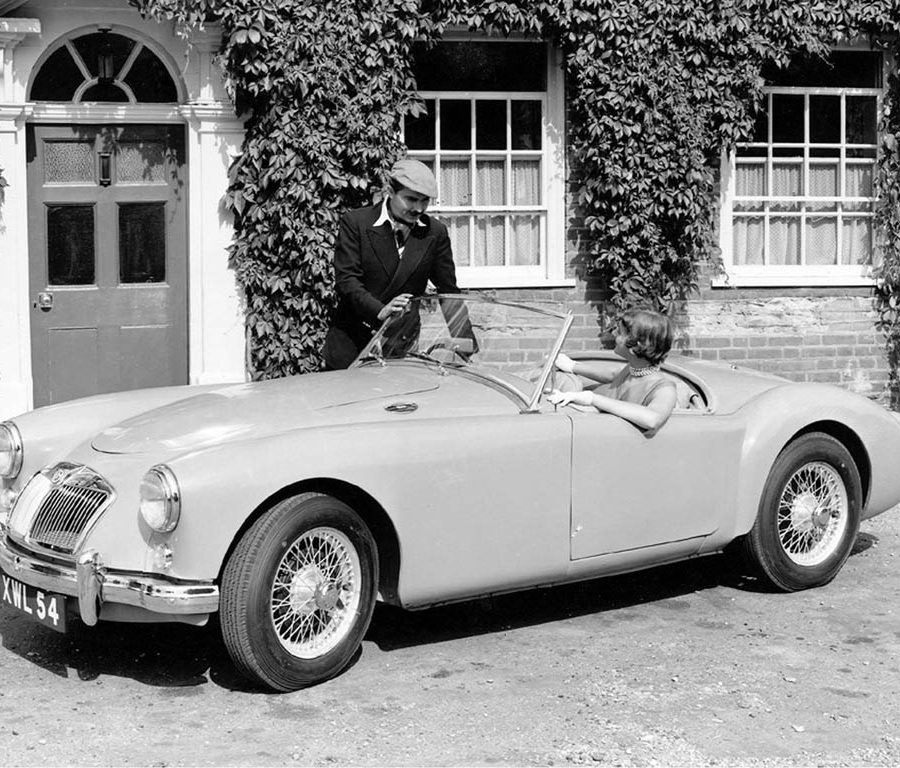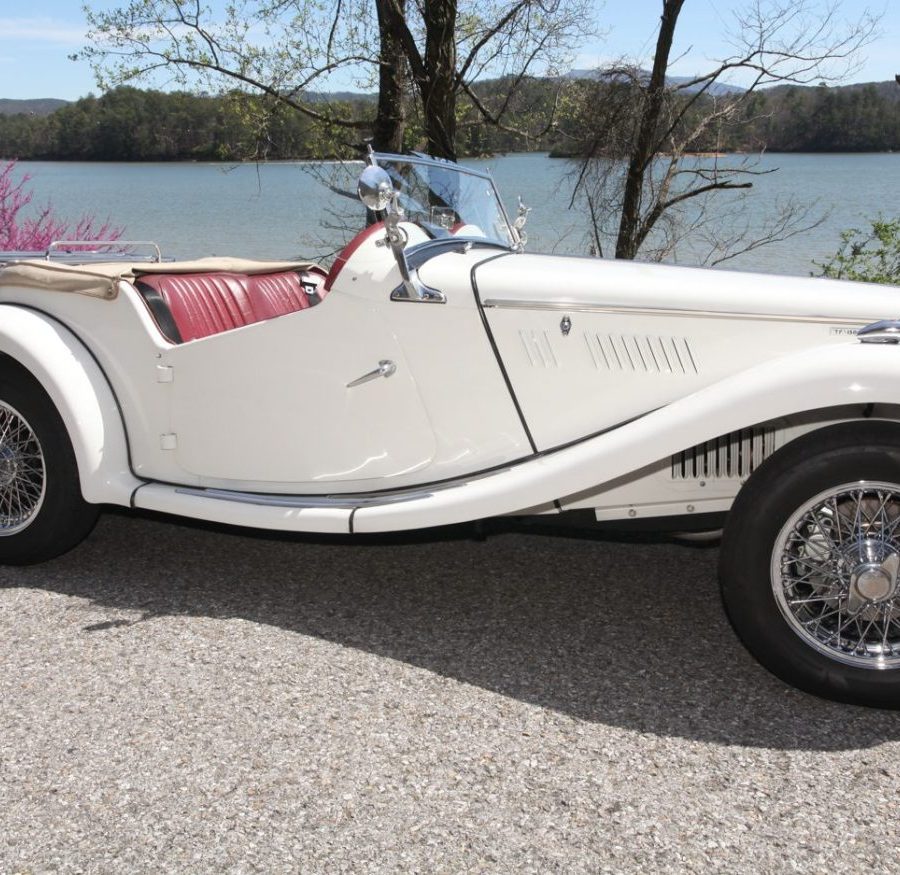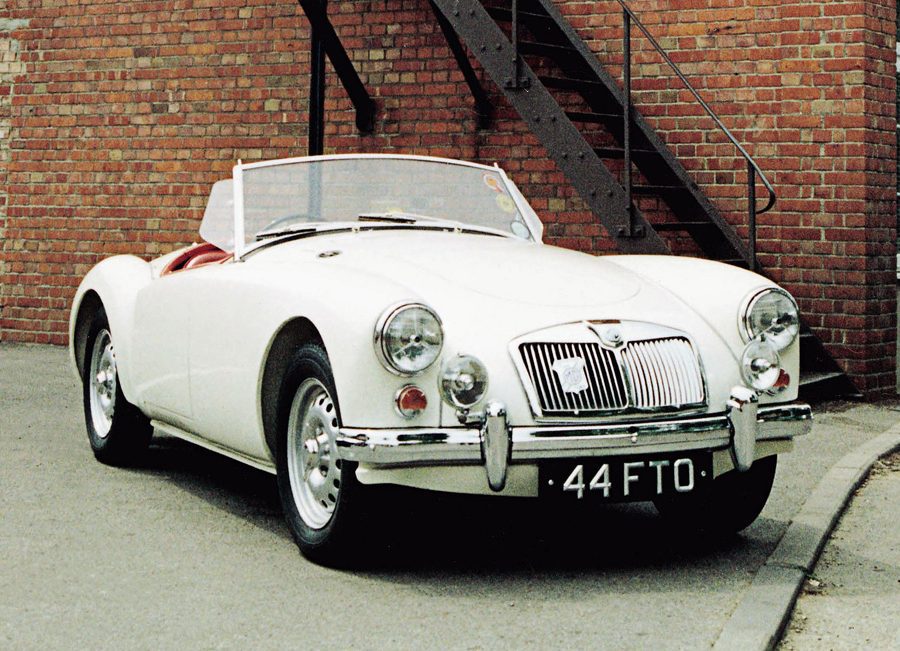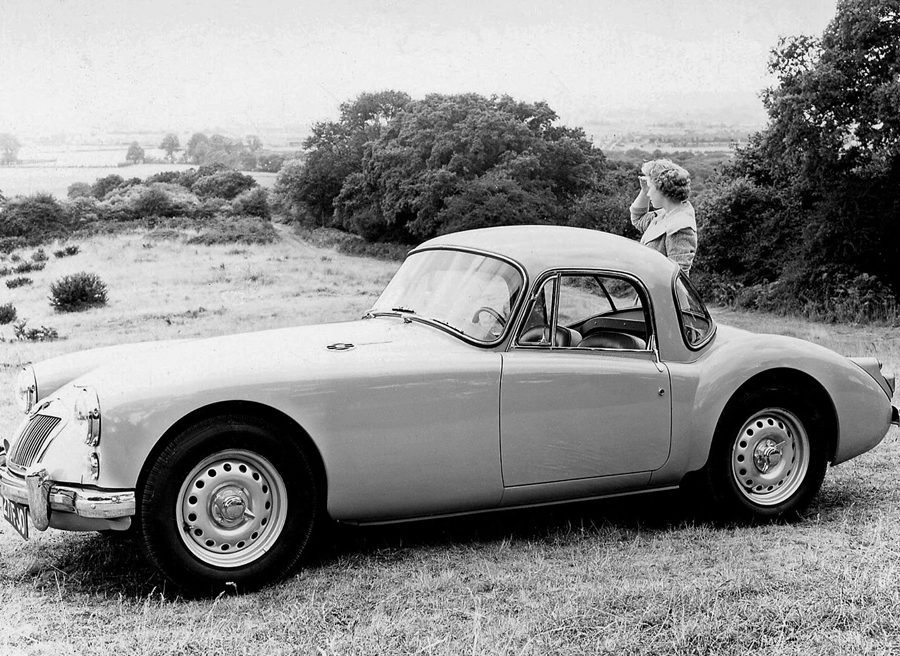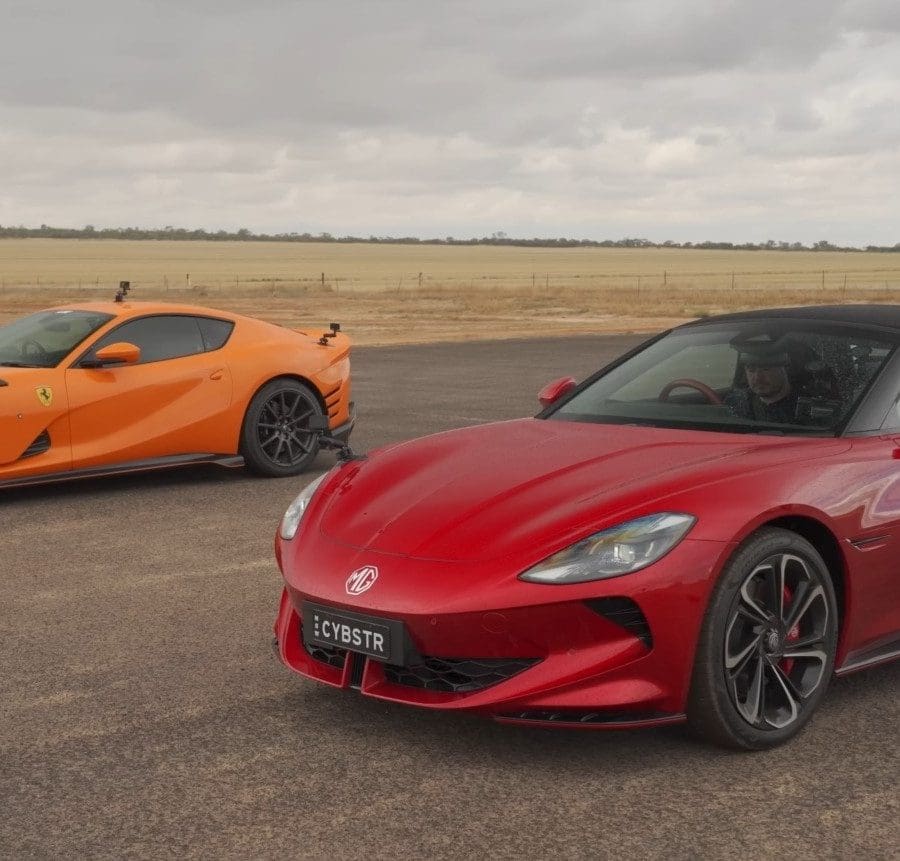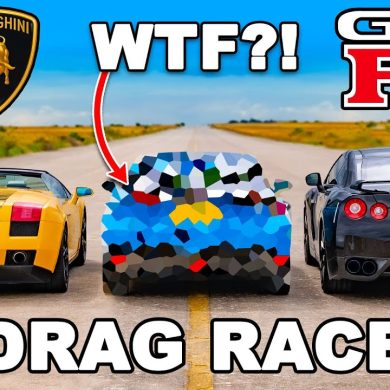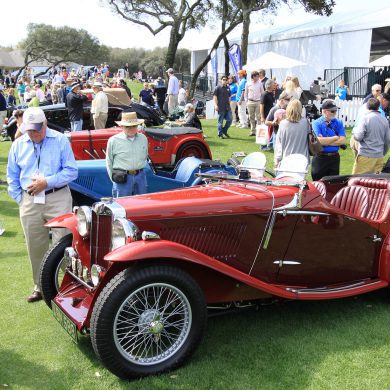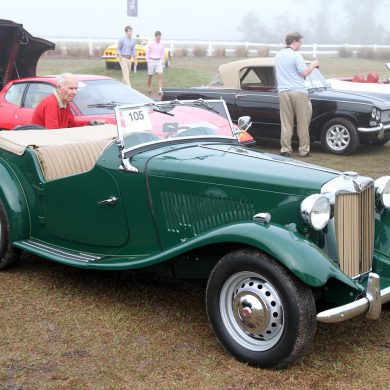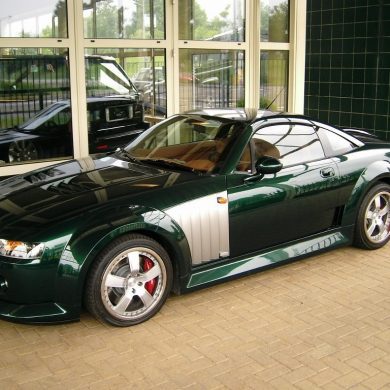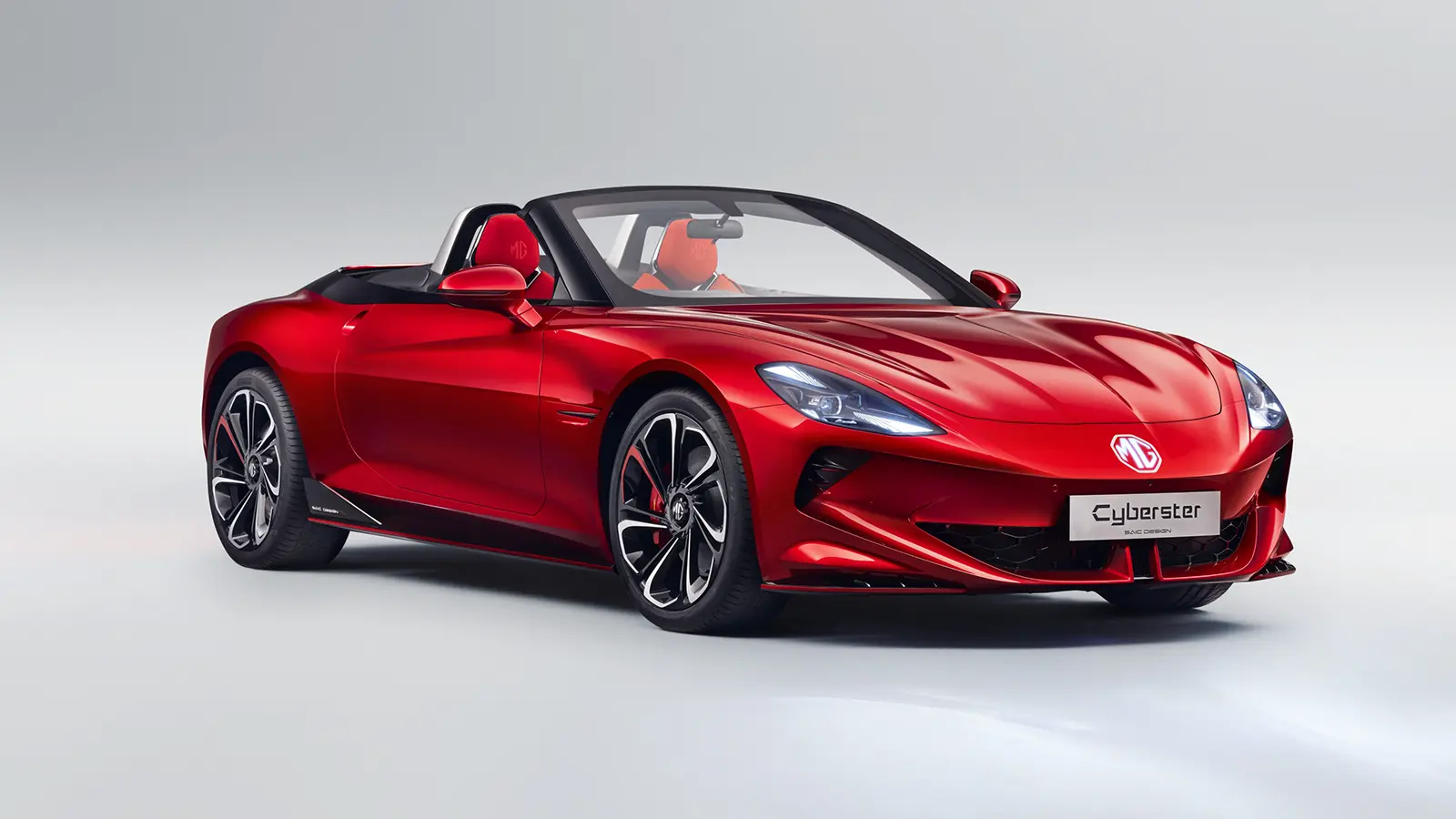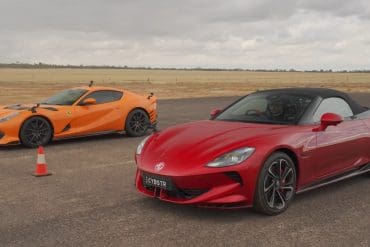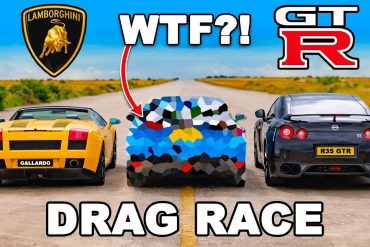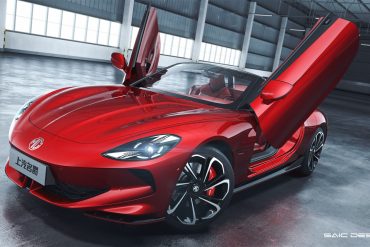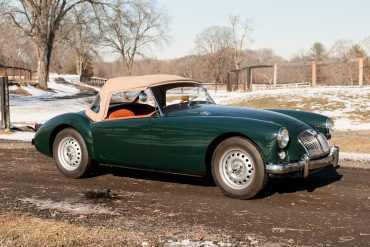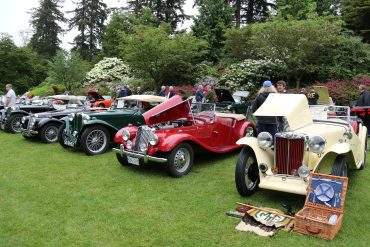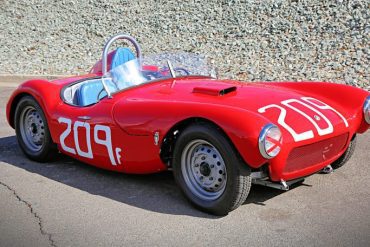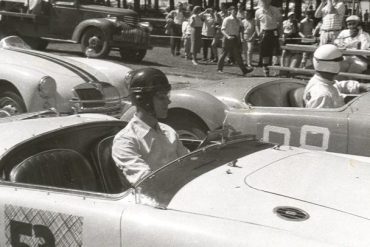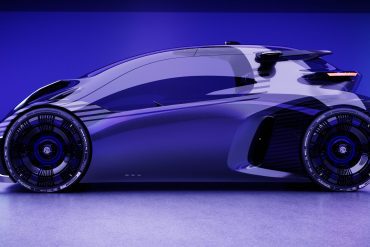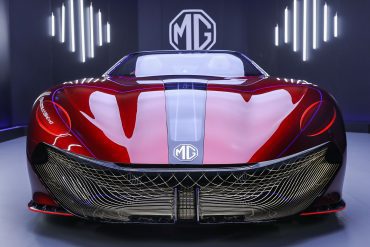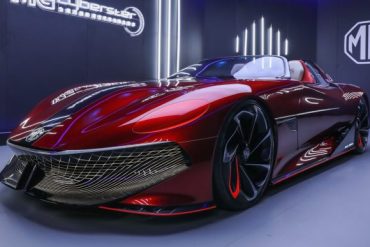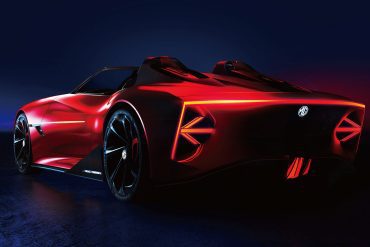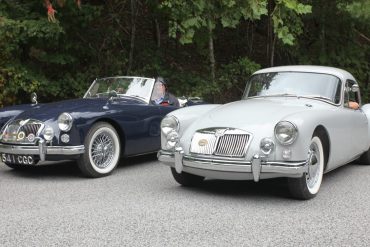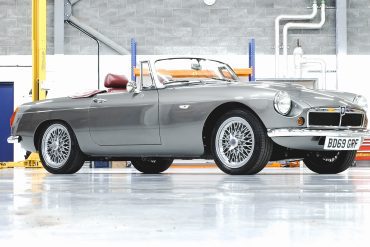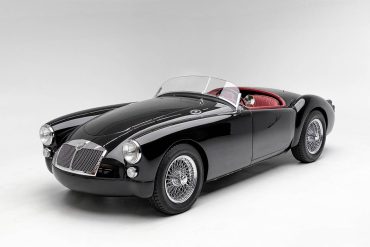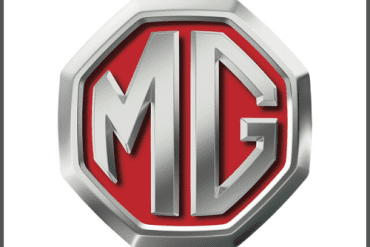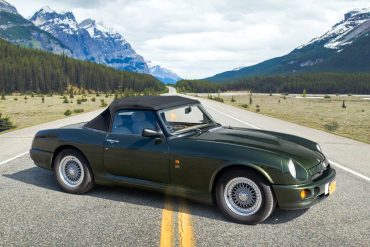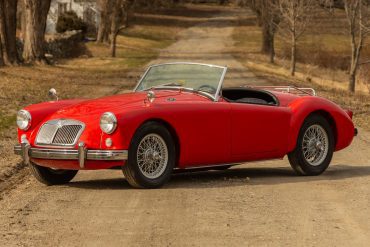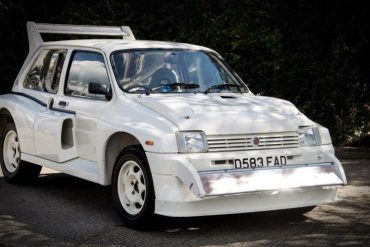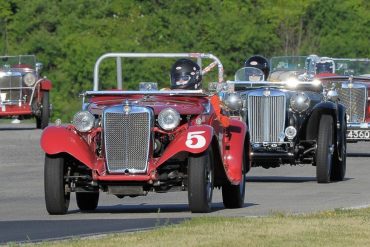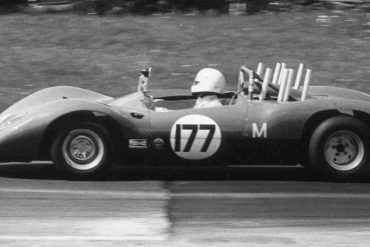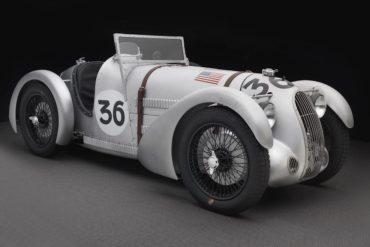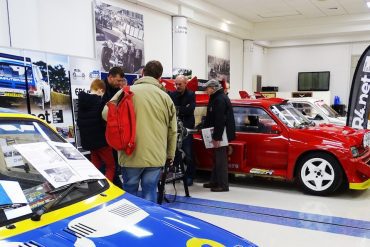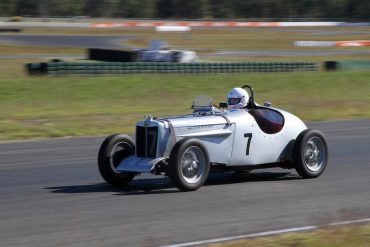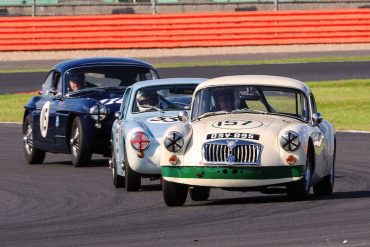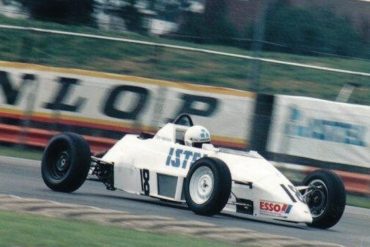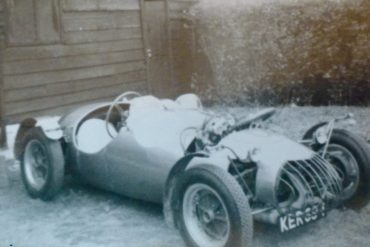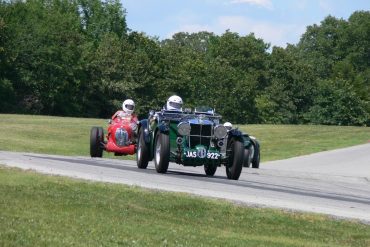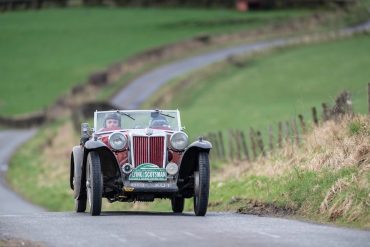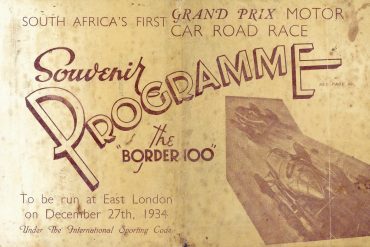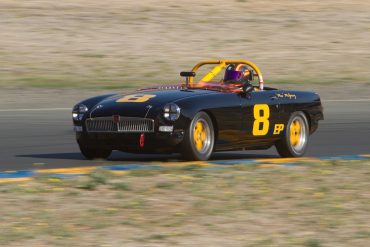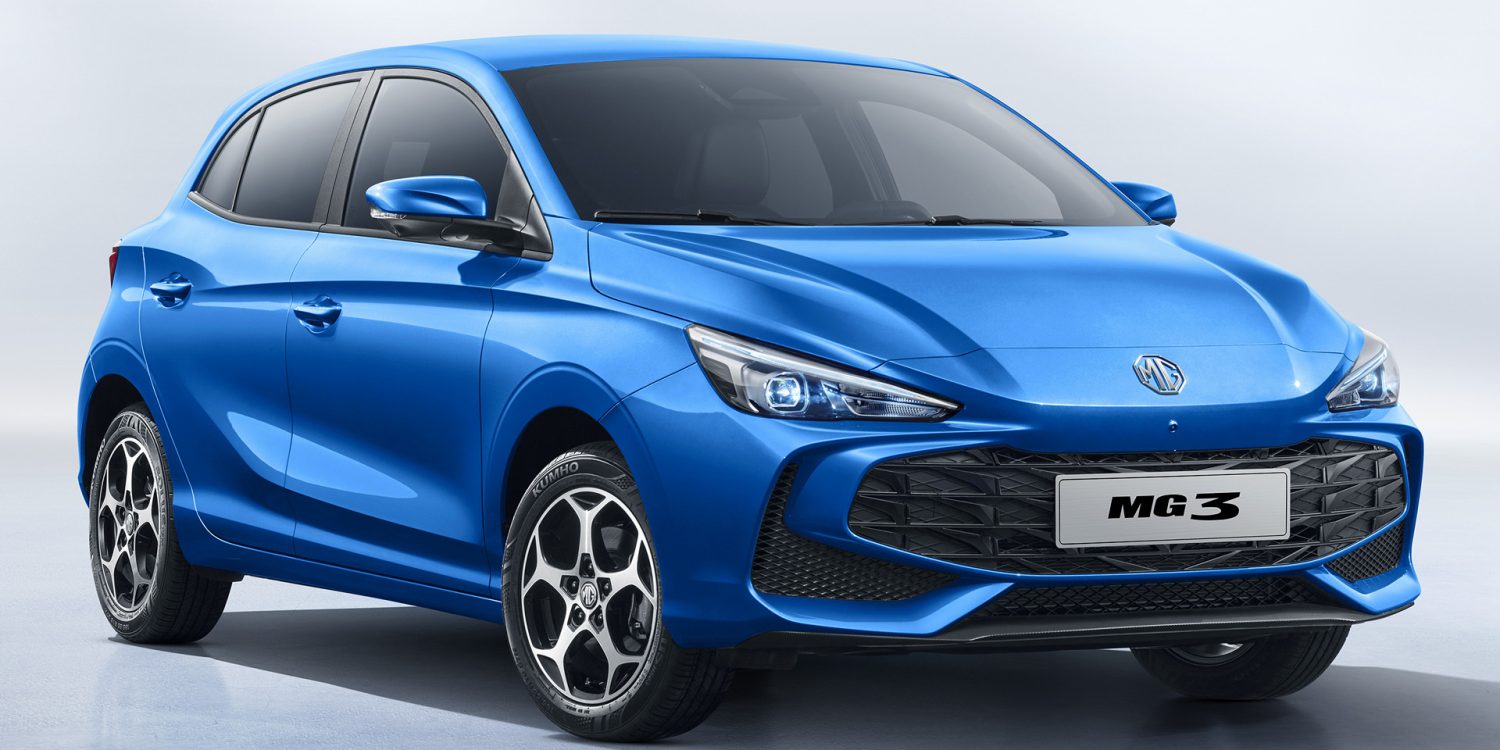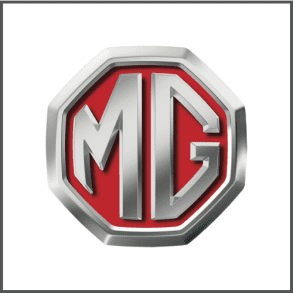
MG
Research, History, Reviews, Media & More
The Introduction / Model Guides / Videos & Images / News & Updates / Featured Stories / Performance
MG: A British Sports Car Icon with a Rich Legacy
MG, short for Morris Garages, is one of the most iconic British car brands, known for its sporty, stylish, and affordable roadsters. With a history that spans nearly a century, MG has become a symbol of British motoring heritage, delivering driving excitement to enthusiasts around the world. From its humble beginnings in the 1920s to its resurgence in the modern era, MG has evolved while staying true to its core philosophy of producing fun-to-drive cars. This post explores the founding of MG, its history, the key car models that defined the brand, and the milestones that marked its journey.
The Founding: The Origins of MG
MG was founded in 1924 by Cecil Kimber, the manager of Morris Garages, a car dealership in Oxford, England. Kimber started modifying standard Morris cars, giving them sportier looks and improved performance. The success of these modified vehicles led to the creation of the MG marque, with the brand’s first model, the MG 14/28, being produced in the same year. The car featured a modified Morris chassis with a sleek, sporty body, setting the tone for MG’s future as a manufacturer of affordable, stylish sports cars.
The brand quickly gained popularity, particularly for its racing pedigree and lightweight cars that provided thrilling driving experiences. MG’s reputation grew throughout the 1930s, and the brand became known for its small, nimble roadsters, earning it a loyal following among sports car enthusiasts.
The Evolution of MG: From Roadsters to Global Recognition
MG’s journey from a small British car manufacturer to a globally recognized sports car brand is marked by several key developments and iconic models:
The Pre-War Era: MG’s Racing Legacy (1920s-1930s)
In the 1930s, MG became renowned for its participation in motorsport, competing in events like the Mille Miglia and setting land speed records. The company’s dedication to performance and engineering excellence was showcased in cars like the MG K3 Magnette, which became a dominant force in pre-war racing.
The MG Midget series, introduced in the late 1920s, became a symbol of affordable, fun motoring. The Midgets were lightweight, two-seater roadsters that offered spirited performance, making them extremely popular among young drivers and motorsport enthusiasts. These early models helped establish MG as a brand synonymous with driving enjoyment.
Post-War Success: The T-Series and the Rise of the MG Roadster (1940s-1950s)
After World War II, MG resumed production with the MG T-Series, starting with the MG TC in 1945. The TC was a modernized version of the pre-war Midgets and played a pivotal role in introducing British sports cars to the American market. It became an instant hit in the United States, helping to ignite America’s love affair with small, affordable British roadsters.
The MG TD followed in 1950, offering further improvements in handling and comfort. It was succeeded by the MG TF in 1953, which became the last of the T-Series roadsters before MG introduced its most famous model, the MG MGA.
The Iconic MGA and MGB (1950s-1970s)
In 1955, MG launched the MG MGA, a complete departure from the older, more traditional designs of the T-Series. The MGA featured modern styling, a sleeker body, and improved aerodynamics. It was powered by a 1.5-liter engine and later a 1.6-liter unit, offering better performance and driving dynamics. The MGA became one of MG’s best-selling models, with over 100,000 units sold worldwide, cementing MG’s reputation as a premier sports car manufacturer.
In 1962, MG introduced the MGB, which would go on to become the brand’s most successful and enduring model. The MGB featured a monocoque design (a first for MG) and offered a more refined, comfortable driving experience without sacrificing the fun-to-drive character that MG was known for. Powered by a 1.8-liter engine, the MGB could reach speeds of over 100 mph, making it one of the most capable roadsters of its time.
The MGB was produced in various forms, including the MGB GT coupe and the MGB V8, which featured a more powerful V8 engine. By the time production ended in 1980, over 500,000 units of the MGB had been sold, making it one of the best-selling sports cars of all time.
Challenges and the End of British MG (1980s-1990s)
Despite the success of the MGB, MG faced financial difficulties in the 1970s and 1980s, partly due to its parent company, British Leyland, struggling to remain competitive. In 1980, MG halted production of the MGB and closed its Abingdon factory, marking the end of an era for the British sports car icon.
However, MG’s spirit lived on through a series of revivals. In the 1980s, MG Metro and MG Maestro models were introduced, though they were primarily performance versions of British Leyland’s existing hatchbacks. These models were a departure from the classic roadsters that defined MG’s earlier success but kept the brand alive.
The Revival: MG Returns with the MG F and MG 6 (1990s-2000s)
In 1995, MG returned to its sports car roots with the launch of the MG F, a mid-engine, two-seater roadster. The MG F brought back the open-top driving experience that MG fans loved, and it became a commercial success in the UK. The MG F was succeeded by the MG TF in 2002, continuing the brand’s focus on affordable sports cars.
In the 2000s, MG underwent several ownership changes, eventually becoming part of the Nanjing Automobile Group in 2005, which was later acquired by SAIC Motor. Under Chinese ownership, MG shifted its focus to producing a broader range of vehicles, including sedans and SUVs like the MG 6 and the MG ZS, aimed at global markets.
MG’s Modern Era: The Electric Future (2010s-Present)
Today, MG is embracing the future of electric vehicles with models like the MG ZS EV, an all-electric compact SUV that offers affordable electric mobility. MG’s focus on electric vehicles aligns with the global push toward sustainability, and the brand continues to grow in new markets, including Europe, Asia, and the Middle East.
MG’s commitment to innovation and affordability has helped the brand regain its status as a key player in the automotive industry, with a new generation of cars designed to meet the needs of modern drivers.
Special Milestones and Achievements
Throughout its long and storied history, MG has achieved several significant milestones:
Introduction of Affordable British Sports Cars: MG played a pivotal role in making sports car ownership accessible to a broader audience with models like the Midget, MGA, and MGB.
Success in Motorsports: MG has a rich motorsport heritage, with success in events like the Mille Miglia, Le Mans, and various rally championships. The MG K3 Magnette, in particular, was a dominant force in pre-war racing.
World’s Best-Selling Sports Car: The MGB became one of the best-selling sports cars of all time, with over 500,000 units produced between 1962 and 1980.
Revival of the Brand: Despite facing financial challenges and ownership changes, MG has successfully revived its brand, first with the MG F and later with a new lineup of vehicles that includes electric and hybrid models.
The Legacy of MG
MG’s legacy is one of innovation, accessibility, and passion for driving. For nearly a century, the brand has produced some of the most beloved sports cars in automotive history, offering affordable, stylish, and fun-to-drive vehicles to enthusiasts around the world. Today, MG continues to evolve, embracing modern technologies like electric powertrains while staying true to its heritage as a brand that delivers driving excitement at an accessible price point.
As MG looks toward the future with its electric vehicle lineup, the brand’s rich history and commitment to performance ensure that it will remain a key player in the automotive industry for years to come.
Did You Know?
The M.G. name stands for Morris Garages, as the brand originated from a car dealership owned by William Morris in Oxford, England. Cecil Kimber, who worked at Morris Garages, began modifying Morris cars into sportier versions, which led to the creation of the MG marque in 1924.
MG was one of the first brands to introduce British sports cars to the American market. The MG TC, launched in 1945, became extremely popular with returning American soldiers after World War II. Its small size, nimble handling, and open-top design captured the hearts of American car enthusiasts.
The MG MGB, introduced in 1962, became one of the best-selling sports cars of all time. More than 500,000 units were produced during its 18-year production run, making it one of the most successful sports cars in automotive history.
The MG TF, produced from 2002 to 2005, was the last model to be produced by MG in the UK before the company was acquired by Chinese automaker Nanjing Automobile Group. The TF continued the tradition of MG roadsters with its mid-engine layout and sporty design.


